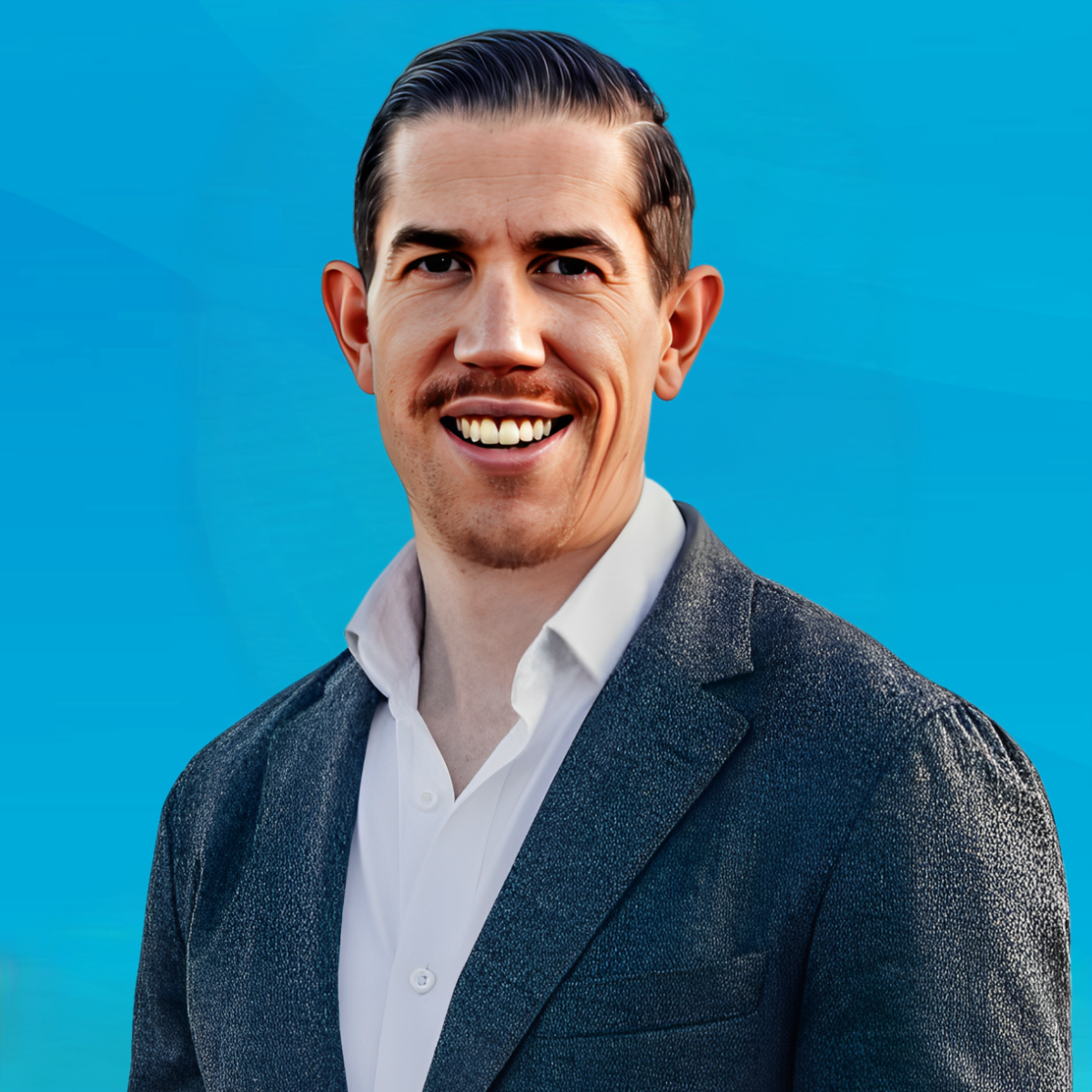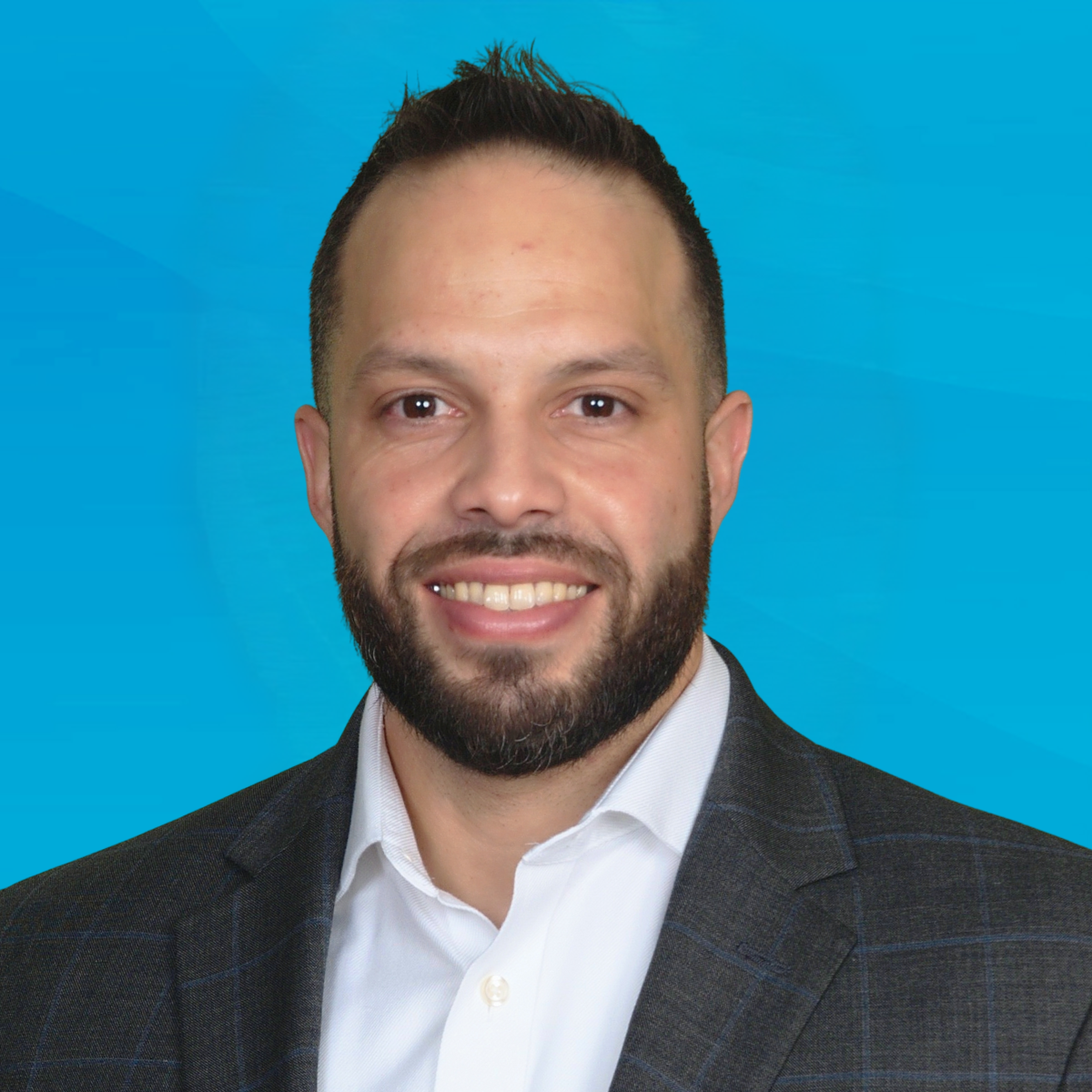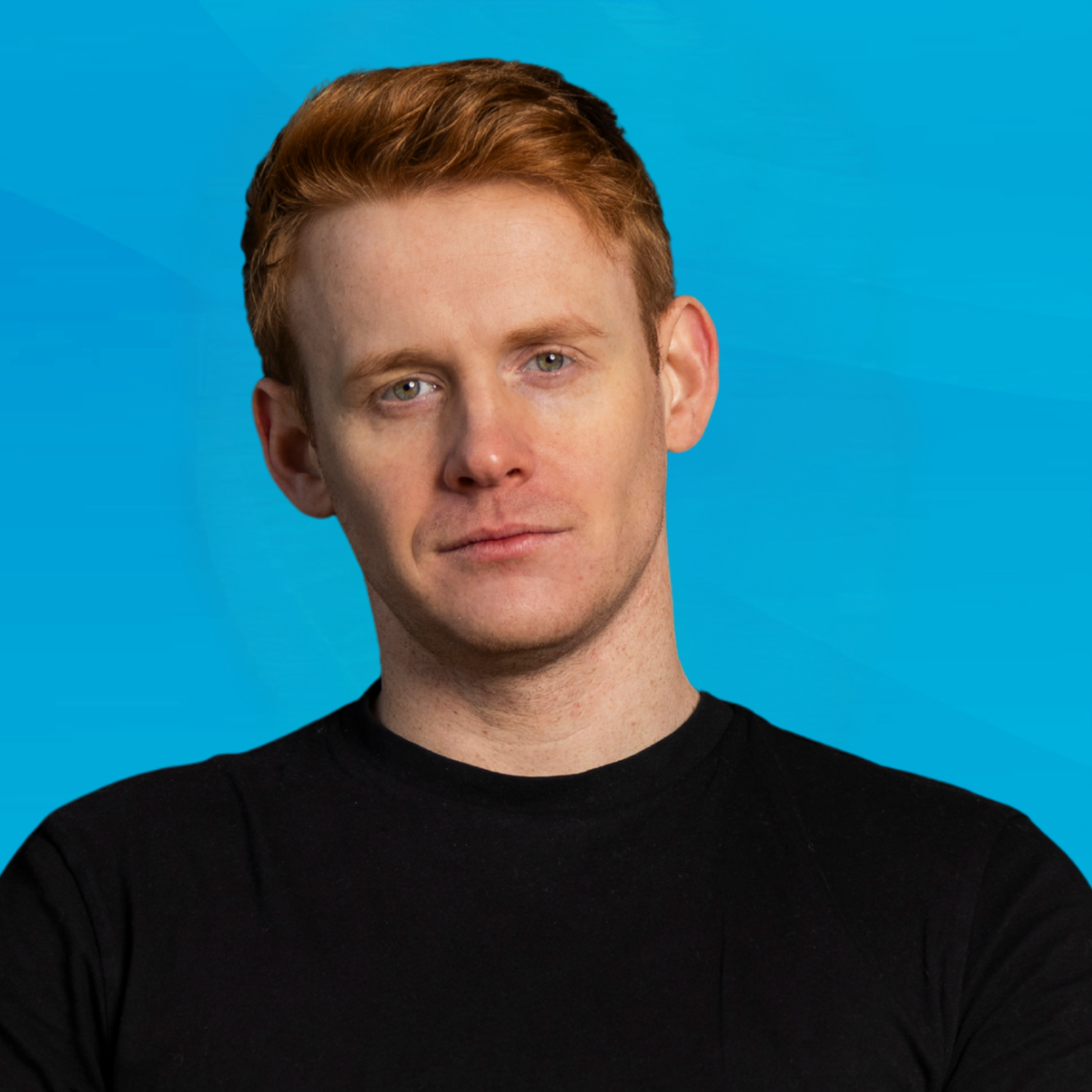What’s the most innovative way to scale a recruitment business, especially in a fast-moving, competitive market?
For Stuart Barnes, Co-Founder and Managing Director of Navitas Recruitment Group, the answer was building a revenue model that blended contract stability with perm speed. In this episode, Stuart shares how that decision helped his team grow from a standing start to over £2.6 million in just two years.
You’ll hear the honest story behind launching a VC-backed firm in the clean energy sector, including the early mistakes, moments of doubt, and what ultimately worked. Stuart also unpacks the systems that drove growth, like his team’s structured BD cadence, 300-hiring-manager rule, and how they adapted when the US renewables market tightened.
If you’re a recruitment leader looking for practical strategies that deliver both fast results and long-term sustainability, this one’s for you.
Episode Outline and Highlights
- [01:43] How Stuart got into recruitment and how his international moves helped shape his entrepreneurial mindset
- [06:22] The astonishing story of scaling Navitas from 0 to $2.65M net fee income in just two and a half years.
- [10:22] Emphasis on starting where there’s a genuine demand for good talent and a market gap.
- [13:41] Navitas’ aggressive 5-year scaling plan.
- [18:00] Key ingredients that allowed Stuart and his team to hit the ground running and scale rapidly.
- [29:24] Why Business Development should never stop – even when times are great – know more about Navitas’ BD strategies.
- [37:57] Stuart shares the channels they are using in their BD.
- [46:09] Team size and composition strategies.
- [53:40] The challenges and lessons learned from growing too rapidly.
- [55:52] Why KPIs should not just be KPIs.
- [1:02:00] What is next for Stuart and his team?
How a Blended Model Helped Navitas Scale Sustainably
One of the biggest drivers of Navitas’ rapid growth was Stuart’s decision to build the business with both contract and permanent revenue from day one. Perm placements generated quick cash flow, while the contract book provided recurring income and long-term stability. That balance allowed them to scale quickly and stay profitable when the US renewables market tightened.
In Stuart’s words: “The aim was to have a balanced sort of portfolio… recurring revenue from a contract perspective and quick cash flow with US perm. That allowed us to grow quickly.”
This strategy gave his team the confidence to hire early, expand headcount, and navigate unpredictable market cycles without stalling. Stuart emphasized starting where there is a genuine demand for good talent and where a market gap exists.
The Navitas Approach to BD: 3 Buckets, 300 Hiring managers, 1 Hour daily
You will find Stuart’s tactical approach to business development pragmatic and relatable. Stuart and his team use a structured, repeatable system built around three BD “buckets” and a target of 300 hiring managers per consultant. Everyone commits to at least one hour of focused outreach per day—known internally as the “power hour”—with performance gamified to drive momentum.
In terms of channels used, phone remains the primary BD tool. The use of Microsoft Teams for unsolicited video meetings is common, often added directly to diaries, with an estimated 50% acceptance rate. While potentially controversial, this method has proven effective for creating face-to-face connections quickly. The philosophy behind their BD success are the following:
- BD should never stop, regardless of market conditions.
- Success depends on consistency, structured outreach, and long-term relationship nurturing.
- Recognizes the modern expectation for speed but stresses that trust takes time to build.
Leading from the Front: Scaling Without Skipping the Hard Stuff
Despite years in senior leadership, Stuart started Navitas by returning to billing. He spent the first year doing 60-hour weeks, pulling jobs, making cold calls, and personally generating over £100k in his first few months. That hands-on leadership helped establish a high-performance culture and earned him credibility with his growing team.
“For the first six months, I woke up every day thinking, ‘Can I still do this?’” He also added, “It was obsession, not balance. But it got us off the ground.”
By doing the hard things first, Stuart didn’t just talk about standards—he set them. That example became the foundation of a company others wanted to join. This is one of the key factors that enabled him to scale his team rapidly.










